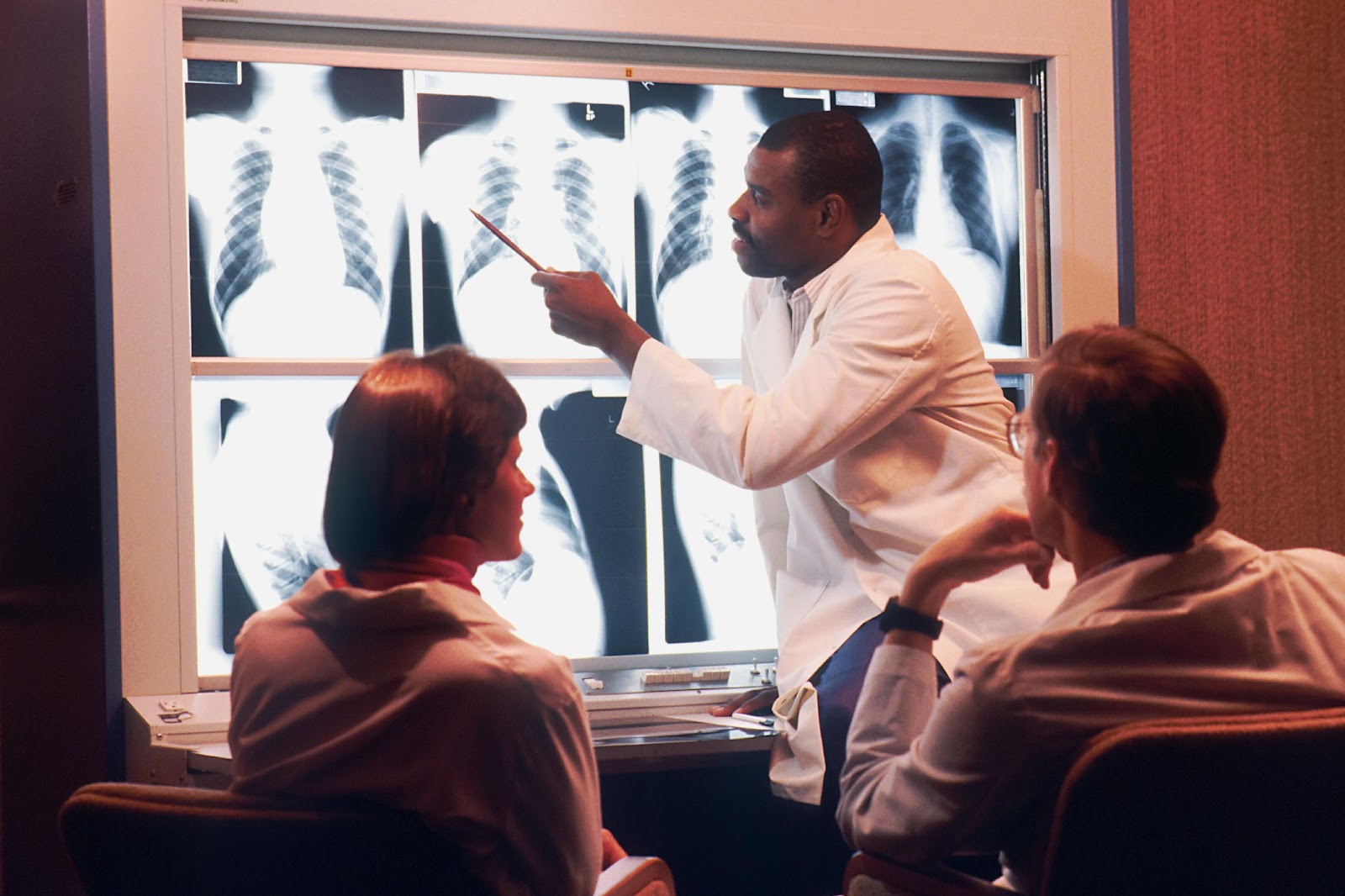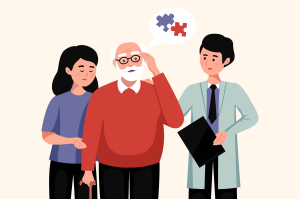Disclaimer:
This article is for information purposes only. It is not a substitute for medical advice or treatment. Seek medical care for your treatment.
What is Lung Cancer?
Cancer is a disease in which body cells grow out of control. Cancer in the lungs is called Lung cancer. Lung cancer starts in the lungs and may advance to lymph nodes or other body organs such as the brain. When cancer cells grow from one organ to another they are called metastases. There are two main types of lung cancer called small cell and non-small cell. These types of lung cancer spread differently and are treated differently. Non- small cell lung cancer is more frequent cell lung cancer. Generally there are no signs and symptoms in the early stages of lung cancer, but many people with the condition ultimately develop symptoms including:
- Persistent coughing
- Blood while Coughing
- Constant breathlessness
- Fatigue and unexplained weight loss
- Pain when breathing or coughing
How frequent is lung cancer?
Lung cancer is the third most prevalent cancer in the U.S. health systems report more than 200,000 new cases of lung cancer every year.
Treatment for Lung Cancer:
The primary objective of lung cancer treatments is either to eliminate the cancer from your body or to obstruct its spread. Cancerous cells can be eradicated, demolished, prevented from growing, or taught to fight by treatments that boost your defences against infection. Pain relief and symptom reduction are additional uses for certain therapies. The type of lung cancer you have, its location, its extent of spread, and numerous other variables will all affect your course of treatment.
Treatments used for lung cancer:
Lung cancer treatments are surgery, radiofrequency ablation, radiation therapy, chemotherapy, targeted drug therapy and immunotherapy.
- Surgery:
NSCLC that has not grown and SCLC that is limited to a single tumor are suitable for surgery. Your surgeon might eradicate the tumor and a small amount of healthy tissue around it to make certain they don’t leave any cancer cells behind. Sometimes they have to eradicate all or perform resection so that the cancer won’t come back. Procedures to remove lung cancer are:
- Wedge resection
- Segmental resection
- Lobectomy
- pneumonectomy
- Radiofrequency ablation:
NSCLC tumors near the outer edges of your lungs are at times treated with radiofrequency ablation. RFA uses high-energy radio waves to heat and eliminate cancer cells.
- Radiation therapy:
Radiation therapy is a treatment technique that utilizes high energy beams to eliminate cancer cells. It can be employed independently or, in combination with surgery to enhance its effectiveness. In care radiation therapy can also be utilized to shrink tumors and alleviate pain. Both small cell lung cancer (SCLC) and non-small cell lung cancer (NSCLC) can benefit from this approach.
- Chemotherapy:
Chemotherapy on the other hand often involves a combination of drugs designed to hinder the growth of cancer cells. It may be administered alongside medications like immunotherapy or before and, after surgery. Intravenous chemotherapy is a method employed for treating lung cancer.
- Targeted drug therapy:
Lung cancer cells in certain NSCLC patients have particular alterations (mutations) that promote the cancer’s growth. Certain medications aim to stop or eradicate these mutations in an attempt to slow down cancer cells. Angiogenesis inhibitors are a class of medications that can prevent a tumor from growing new blood vessels, which are necessary for the growth of cancer cells.
- Immunotherapy:
Our bodies usually identify cells that are destroyed or dangerous and demolish them. Cancer hides from immune system to protect them from damage. Immunotherapy shows cancer cells to your immune system so your own boy can fight cancer.
Treatments to relieve symptoms:
Some lung cancer treatments are used to ease symptoms like pain and breathing issues. These include therapies to minimize or eradicate tumors that are obstructing airways, and procedures to remove fluid from around your lungs and stop it from coming back.
Side effects of the treatment:
Side effects of lung cancer treatment rely on the type of treatment. You provider can tell you about the expected side effects and complications for the specific treatment.
Chemotherapy
- Nausea
- Diarrhea
- Hair loss
- Fatigue
- Mouth sore
- Loss of feeling
Immunotherapy
- Fatigue
- Itchy rash
- Diarrhea
- Nausea
- Joint pain
- Complications
Radiation therapy:
- Breathlessness
- Cough
- Pain
- Fatigue
- Issue in swallowing
- Dry and itchy scalp
- Nausea
Surgery:
- Shortness of breath
- Chest pain
- Cough
- fatigue
Prevention:
There is no certain way to prevent lung cancer but you can minimize your risk if you:
- quit smoking:
Smoking is the number one risk factor for lung cancer. Quitting smoking lowers your chance of having lung cancer.
- avoid radon:
You can have your homes checked for radon to help reduce your exposure and lung cancer risk.
- Avoid cancer causing chemicals:
Restricting your exposure to other cancer causing chemicals can minimize your risk.
- Eat a balanced diet:
Consuming a diet rich in fruits and vegetables can lower your chance of lung cancer.
- Exercise regularly:
Try to exercise regularly or most of the days in a week.
Conclusion:
Lung cancer begins in the lungs and eventually spread to the other parts of the body. There is no certain way to prevent lung cancer but by quitting smoking, you can drastically lower your chance of developing lung cancer. Lung cancer treatment includes surgery, chemotherapy and radiation.




